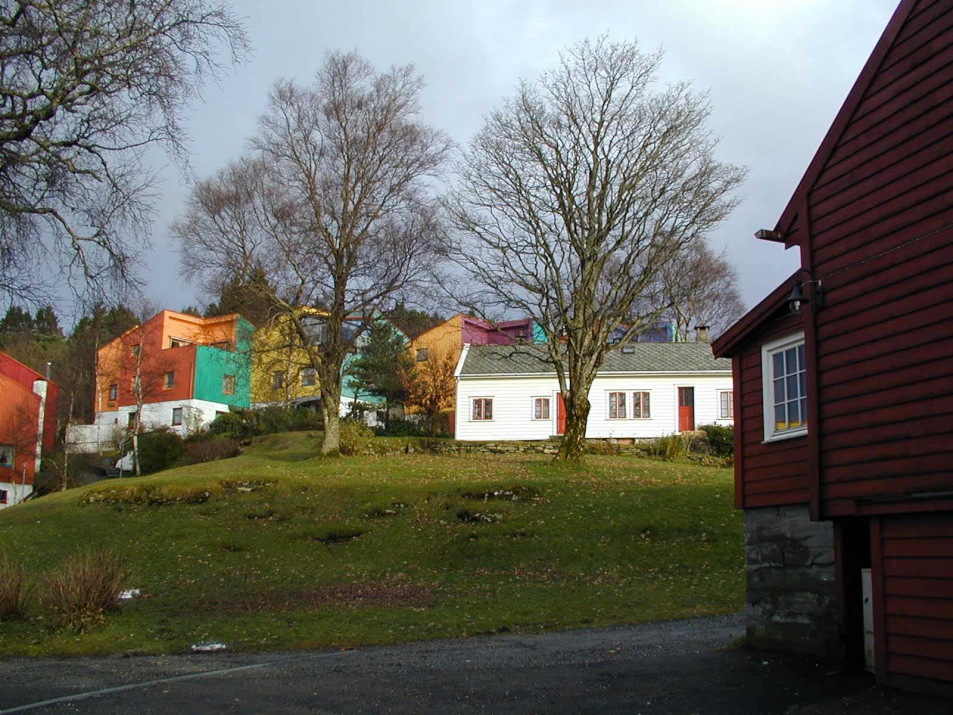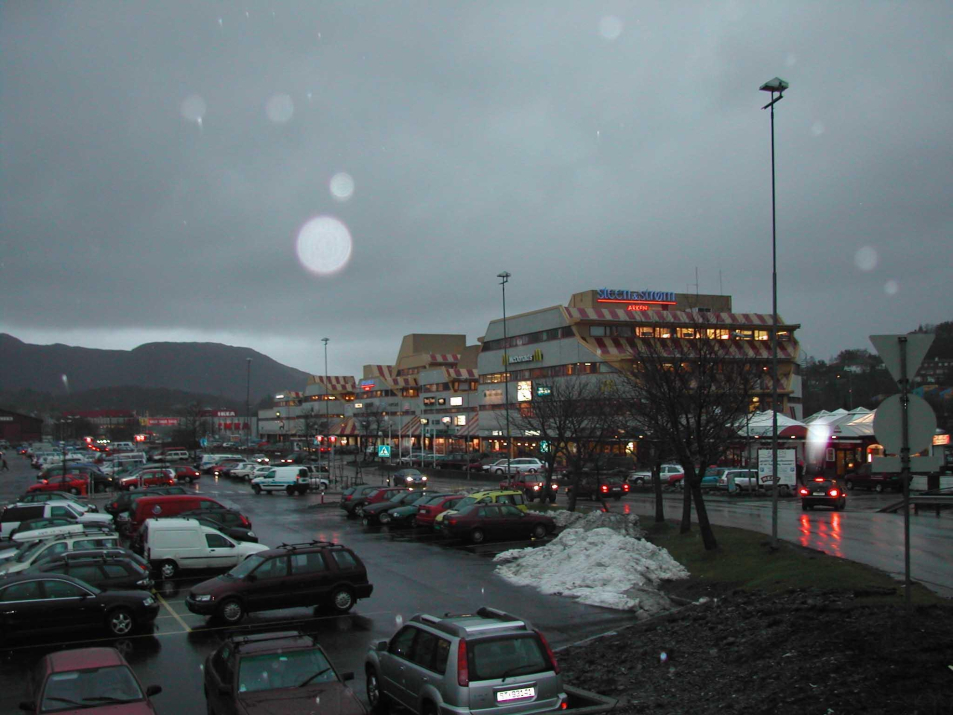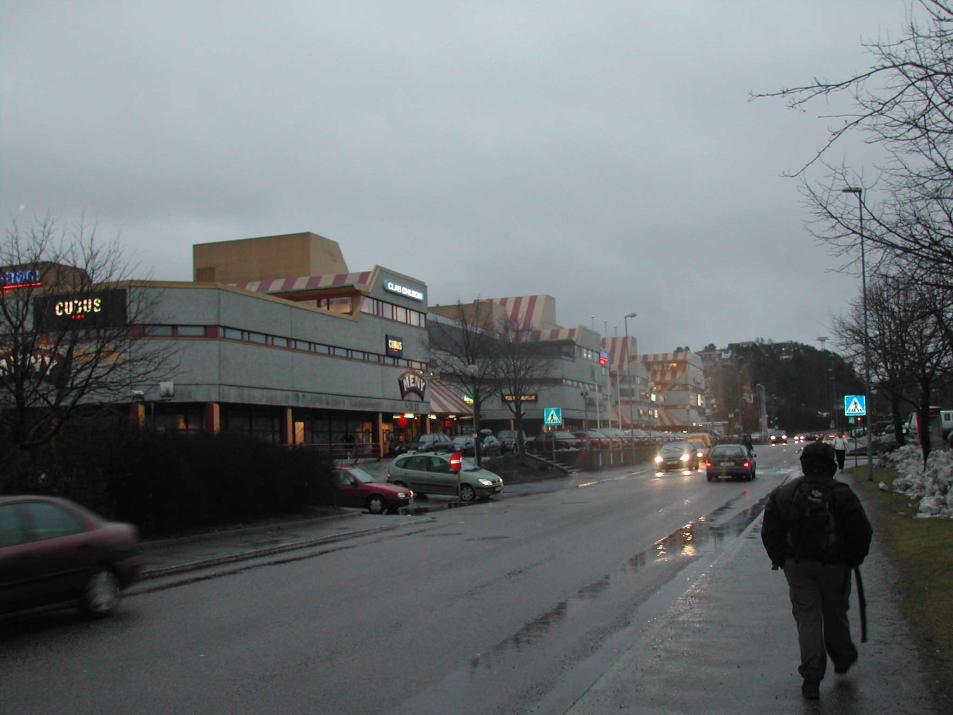Bergen
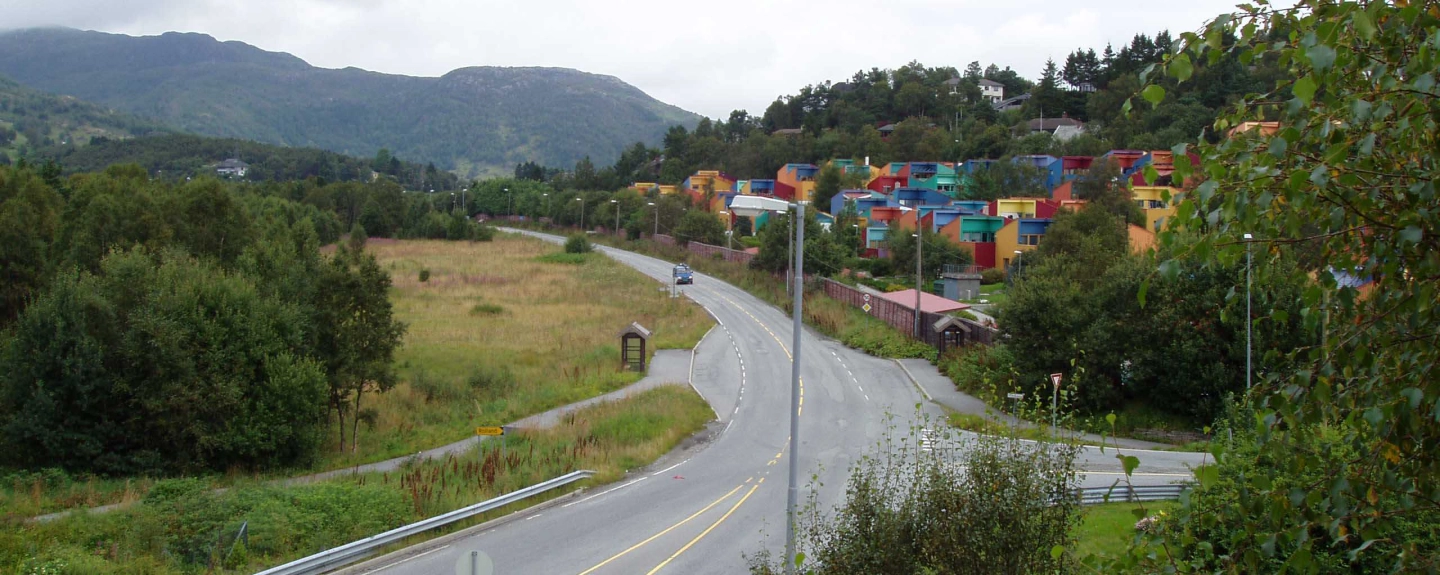
About
Bergen is the second largest city in Norway, historically a Hanseatic city related to trading fish. Today the city is a trade and administrative centre of the west coast with ist university, its financial and research institutions related to maritime industries. Bergen offers a great palette of cultural activities, especially with music, and bands such as Kings of Convenience. Åsane is Bergen's largest district, 10 minutes drive from the city centre, and contains mainly small -scale residential areas and large scale shopping areas. The motorway, zone planning and large, easy accessible plots, have resulted into a car-based shopping area of regional importance at its centre, with large scale "big box" retail such as IKEA. A revitalization of Åsane central parts should play on the dual local-regional identity. In fact, the overall municipal strategy aims to develop the city districts into multifunctional nodes. Located in a valley, among forested hills, Åsane has considerable nature and recreational qualities.
The site is located on a flat area between the hills (the "Åsane"). It is partially overgrown with bushes and trees, while a small river runs in the northern part. Delimited by roads from all sides and screened from the motorway (40.000 vehicles per day), the site appears as a "forgotten" area. Future development on the site, with links to the shopping centre area, will give Åsane the opportunity to become a multifunctional local and regional urban centre. There is a lack of links between various functions (residential, schools, housing, shopping). The impact of pollution and noise from the main road are immense. Some parts of the site can probably be developed relatively fast, but the right pace of progress and phasing need to be worked out.

Task
The main task is to find an urban development and strategy for connecting areas split up by regional and local infrastructures. The competition area lies at the heart of the Åsane district, in the suburbs of Bergen, and is characterized by mono-functional enclaves of commercial and large scale retail stores while housing areas are located in the hillsides. The road authorities discuss different ways of reducing the impact of the main road. How and when remain uncertain. The non-residential centre areas should be given a new urban dynamic by inserting a mix of functions into the site, and establishing an urban continuity with the adjacent shopping centre areas by bridging across the regional road system in a long term perspective. Good soft mobilities network and connections to public transport and between key functions, on each side of the road, are essential. Competition proposals should integrate contextual qualities of nature and built structures.
PROGRAMME
New urban structure and initial projects must show options for potential development according to two steps, dealing with the existing situation and future situation without the main road. Nature should be an important part of public spaces. The new, urban structure for the study area should provide social infrastructure and good public spaces, dense, differentiated programming and building scales. The area is regulated for a FAR of 150-200%. The competition asks for approximately 300 housing units aimed to a wide range of users, including inexpensive flats for young families and home offices, new office spaces and office clusters. Cultural and social activities, kindergarten, centre for elderly people and health services could be organized in one or several buildings.
Proposals have to be illustrated as a refreshing and credible vision. Large, private investors are ready to play an active part in the development.
ISSUES
Social / functional
Today, Åsane centre is dominated by two shopping centres, IKEA and huge car parking lots. A main issue for the future development will be to establish public spaces and environment that encourages a diversity of social activities and natural/artificial infrastructure for all mobilities.
Sensitive
New spatial relationships are sought for. Design proposals should counteract the neglected and disjoint build-up of surrounding nature and urban spaces.
Sustainability
The existing centre is mostly accessed by cars. Future development should promote a more sustainable mobility trend through the articulation of infrastructure, as well as spatial and programmatic relationships. In a climate with cold winters and mild summers, low-energy buildings remains a goal.
Site facts
- Location
- Bergen
- Population
- 250000
- Size
- Medium
- Project site
- 7.5 ha
- Site proposed by
- Municipality of Bergen
- Prize
- Winner (12,000 euros), Runner-up (6,000 euros) and Special Mention (no reward)
Downloads
Submitted projects
-
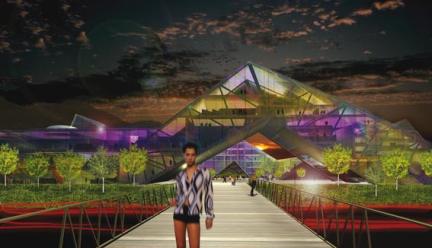
Strips - Beats - Breaks
By combining, stretching and relating the given urban programmes and maximising the public facades…
-
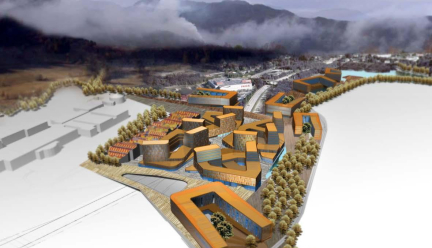
L.A.R.S Linking Åsane
L.A.R.S. linking Åsane - a re-mastering strategy - formulates a new town centre for the Bergen…
-
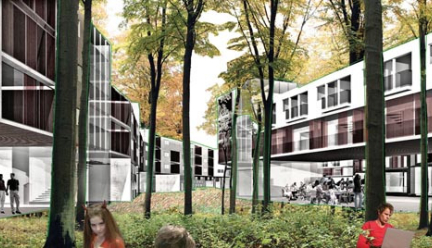
PULS Medusa
The PULS_medusa project focuses on the strengthening of local movement, environment and identity,…
